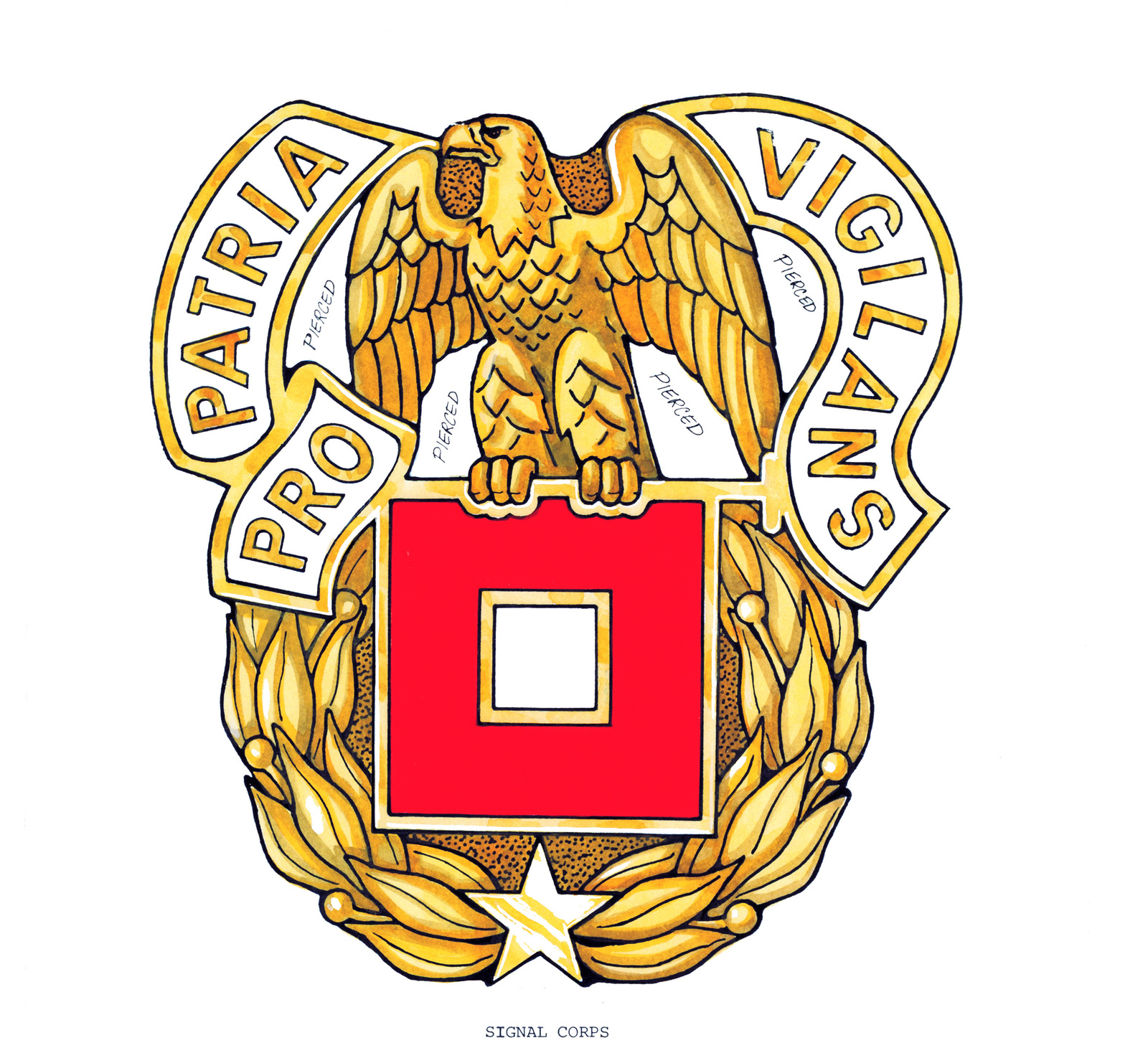

We are open to ALL former Army Signal Corps OCS graduates, their families and friends, as well as other officers, enlisted men, those interested in military history, and the general public.
SIGNAL CORP ARCHIVE
Its purpose is a) to foster camaraderie among the graduates of Signal Corps Officer Candidate School classes of the World War II, Korean War, and Vietnam War eras, b) to organize and offer scholarships and other assistance for the families of Officer and Enlisted OCS cadre who are in need, and c) to archive for posterity the stories and history of all of the Signal Corps OCS Officers who served this great country. World War, 1914-1918-Battlefields-France.Our Association is a not-for-profit fraternal organization.War destruction & pillage-France-1910-1920.Château de Versailles (Versailles, France).Château de Fontainebleau (Fontainebleau, France).Château-Thierry, Battle of, Château-Thierry, France, 1918.This box contains all of the aforementioned topics supplemented by French Riviera, Loire Valley, ruins of Reims, Château de Fontainebleau, Pyrenees, Alps, AEF, and personal photographs. Pershing, Prime Minister Georges Clemenceau, President Raymond Poincaré, and Marshal Ferdinand Foch.īox 1 contains approximately 820 photographs taken in France, Germany, Belgium, Monaco, and the U.S. Notable figures include President Woodrow Wilson, General John J. strategic army maps, drawings of army corps and division insignias, and aircrafts. The most substantial topics are the Treaty of Versailles, postwar parades and celebrations, Interallied Games, U.S. Volume 3 contains approximately 270 photographs taken in France, Germany, Italy, England, Ireland, Denmark, Switzerland, and the U.S. Much of these photos relate to the Meuse-Argonne Offensive, destruction (both urban and rural), casualties, battlefields and trenches, artillery, cemeteries, various AEF training schools, naval operations, and prisoners. Volume 2 contains approximately 270 photographs taken in France, Germany, and Belgium. Other locations shown include the following (in order of appearance): The bulk of these photos are of monuments in Paris, the Palace of Versailles, Rhineland-Palatinate, and unidentified rural areas depicting farmland and civilian life. Volume 1 contains approximately 270 photographs taken in France, Germany, Belgium, and the U.S.

Washington, D.C.: Government Printing Office, 1919, which can be found online through the Internet Archive.
SIGNAL CORP CODE
Many photos have an alpha-numeric code handwritten on verso that corresponds to the Catalogue of official A.E.F. Also found on the back are different stamped inscriptions, including "Passed as Censored." Numerous photographs have handwritten and typewriter captions on the back, often stating location and subject matter. General topics include the AEF, warfare destruction, battlefields and trenches, artillery, monuments, and postwar celebrations. The collection is divided into three volumes and one box, all loosely arranged by topic.

The United States Signal Corps photographic collection contains approximately 1,630 photos (many of which are duplicates) of the AEF taken by the Signal Corps during WWI throughout the Western Front. This collection contains many photos that have been stamped "Passed as Censored," which provides an example of acceptable photos to be released to the public. The army's control over wartime photography enabled their ability to censor what the public consumed. The aerial photographs in particular provided essential reconnaissance and mapping. The intended purpose of these photographs was for training, propaganda, and historical documentation. These units also served with other agencies, such as the American Red Cross and YMCA, to detail their activities. Each AEF division was assigned a photographic unit. A photographic unit was comprised of one motion picture operator, one still photographer, and multiple assistants. In 1917, the Signal Corps created a photographic section for both ground and aerial photography. While the Signal Corps had taken photographs since 1880, it was not until WWI that it became an official task assigned to the branch. The branch of the AEF responsible for communication and information systems was the Signal Corps. The American Expeditionary Forces (AEF) of the United States Army was formed in 1917 and served under the command of General John J.


 0 kommentar(er)
0 kommentar(er)
